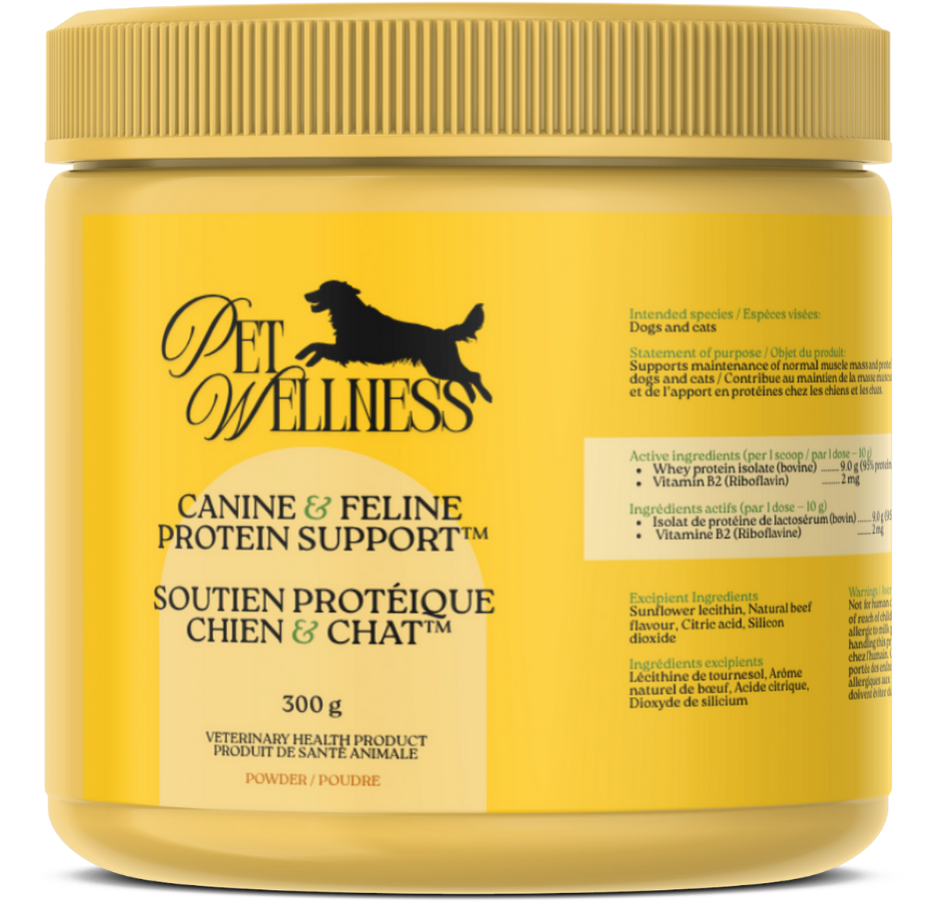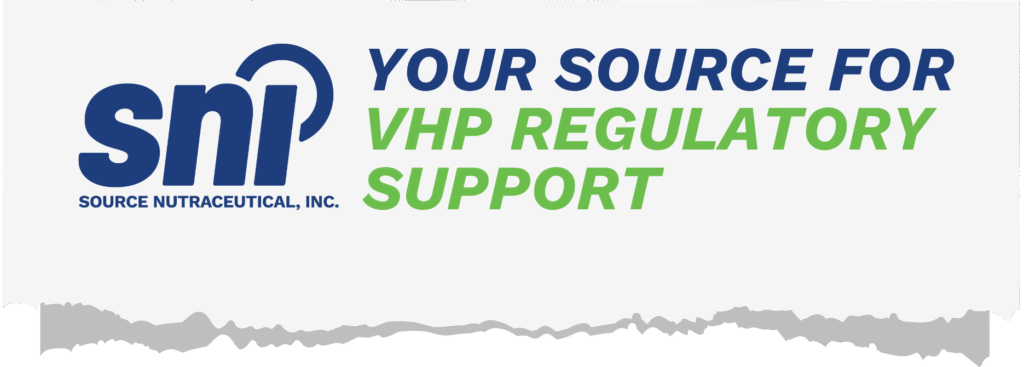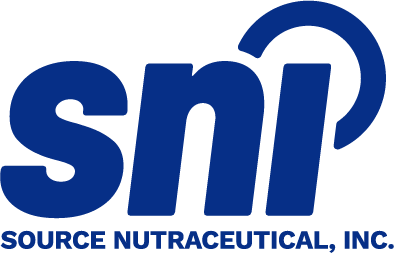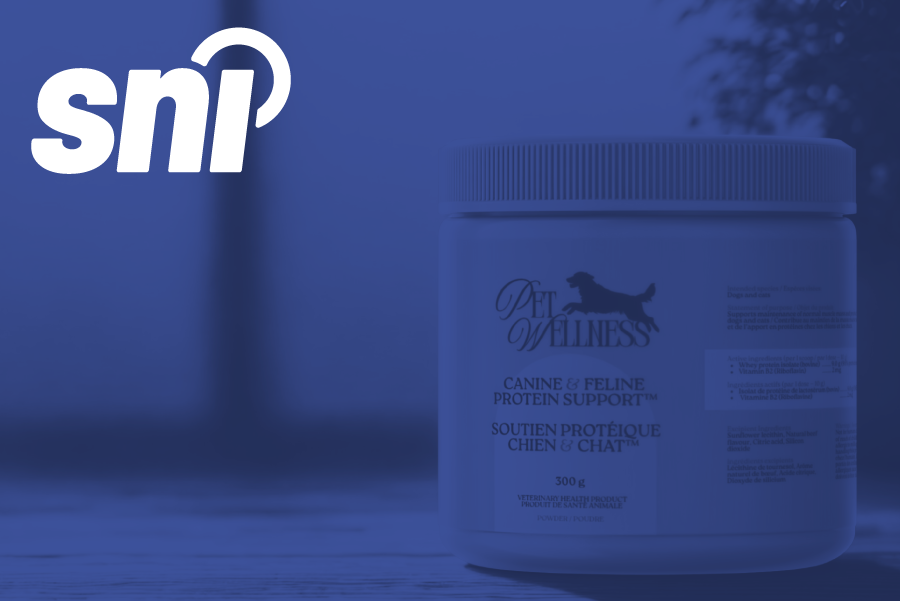An essential element of regulatory compliance for Veterinary Health Products (VHPs) is ensuring that labels meet Canadian requirements and clearly communicate safe and proper use. Labels are more than a design feature; they are a primary tool to support product identification, responsible administration, and consumer confidence. In Canada, VHPs are regulated under the Food and Drugs Act and Food and Drug Regulations through Health Canada’s VHP Notification Program. This framework provides a streamlined pathway for low-risk animal health products such as vitamins, minerals, botanicals, and traditional remedies, while still requiring rigorous attention to labelling standards.
Health Canada’s oversight ensures that all VHP labels are accurate, bilingual, and consistent with the information authorized in the Notification Form. Once a Notification Number is issued, the product can be marketed in Canada, but only if the label remains compliant with the regulatory framework. Any variation from approved text requires an amendment to the Notification.
This article explores the labelling requirements for VHPs sold in Canada, highlighting the mandatory information and recommended best practices. For a broader overview of VHP regulations and the Notification Program, we invite you to read our article on the regulatory framework and approval process. For product-specific questions, we encourage you to connect with our specialists. Our team provides tailored support to help streamline compliance and ensure a smooth entry into the Canadian market.
Canadian Labelling Regulations for VHPs
In Canada, VHP labelling requirements are guided by the principle of accuracy and transparency. Section 9 of the Food and Drugs Act states that a label must not be false, misleading, or deceptive, nor create an erroneous impression about the product’s composition, safety, or intended use. This standard applies to all label elements, including brand names, claims, and supporting information.
Both inner and outer labels must be compliant. The inner label refers to the one affixed directly to the container, while the outer label refers to packaging such as boxes, cartons, or attached leaflets. Each must meet Health Canada’s bilingual, legibility, and readability standards.
Required Information on VHP Labels

Every VHP label must include specific information to support safe use and traceability. This content must be presented in English and French, unless otherwise permitted, and should be easy to read under normal conditions of sale.
On the principal display panel, products must carry the category designation “Veterinary Health Product / Produit de santé animale”. The brand name must also be displayed, provided it is not misleading and is unique to the product. Where no brand name exists, the proper or common name must be used. If the dosage form is not obvious, it must be indicated on the label. Health Canada also recommends that the product’s Notification Number (NN) appear on the principal display panel as proof of compliance with the Notification Program.
Other key elements must appear elsewhere on the label. The name and address of the manufacturer or importer must be included and complete enough for postal delivery. When a product is manufactured outside of Canada, the Canadian importer or representative must also be identified. Each product must carry a lot number and expiry date, and these may be presented with accepted bilingual abbreviations such as Lot No or EXP.
Labels must also provide adequate directions for use, which means clear instructions on the recommended purpose, intended species, dosage, route of administration, and duration of treatment. Safety statements, including warnings and cautions, are mandatory when ingredients pose risks under certain conditions, such as pregnancy or disease. Active ingredients must be listed in descending order of quantity with proper and common names, source, and dosage. Non-medicinal ingredients, or excipients, should be listed separately, and the net contents of the product must appear in metric units. Lastly, companies are encouraged to include contact information such as a toll-free number or email address so consumers can ask questions or report adverse effects.
To summarize, required information includes:
- Category statement, brand or common name, dosage form, and Notification Number
- Manufacturer or importer name and address, with Canadian representative if applicable
- Lot number and expiry date
- Adequate directions for use, including species, dosage, and safety information
- List of active ingredients in descending order and a separate list of excipients
- Net contents declared in metric units
- Contact information for consumer inquiries or adverse event reporting
Acceptable Claims for VHPs in Canada
Claims on VHPs must remain within the boundaries set by Health Canada. Because VHPs are low-risk drugs in dosage form, they can only make statements that support or maintain normal biological functions. They cannot claim to diagnose, treat, prevent, or cure disease. For instance, a product may say it “supports normal liver function,” but it cannot state that it “treats liver disease.”
Manufacturers may highlight the presence or absence of certain ingredients if supported by evidence, and they may use traditional use claims where relevant (such as Ayurveda or Traditional Chinese Medicine), provided the wording makes clear the paradigm of use. Comparative or promotional claims that imply superiority, such as “better than” or “stronger than,” are discouraged. Likewise, unqualified terms like “safe” or “non-toxic” are generally unacceptable, as no product is entirely without risk.
The expectation is that all claims are truthful, evidence-based, and phrased in a way that does not exaggerate benefits or create an impression of therapeutic use. Acceptable claims focus on health maintenance and nutritional support, not treatment of illness.
Examples of acceptable claims include:
- “Helps support healthy respiratory function in horses”
- “Assists in maintaining normal gut flora in dogs”
- “Provides a source of antioxidants to help maintain overall wellness in poultry”
- “Recommended for use as a mineral supplement in beef cattle diets”
Examples of non-acceptable claims include:
- “Prevents respiratory infections in horses”
- “Treats diarrhoea in dogs”
- “Cures joint pain in aging animals”
- “Stronger than conventional veterinary drugs”
Best Practices for VHP Labelling
Going Beyond the Minimum Standard

Meeting regulatory requirements is the minimum standard, but leading VHP brands in Canada often go further to strengthen consumer confidence, build brand recognition, and ensure clarity at the point of sale. Clear and legible typefaces are widely used across the market, with many companies adopting bold, high-contrast layouts that make product identity, dosage, and species information easy to locate. Because bilingual presentation is mandatory, best-in-class labels generally use mirrored or side-by-side formats so that English and French content can be scanned quickly without confusing the consumer.
Placement of Warnings and Cautions

Warnings and cautions are another area where strong brands set themselves apart. While regulations only require that this information be included, many companies position warnings directly on the principal display panel to avoid them being overlooked. This approach not only supports compliance but also demonstrates transparency and a commitment to animal safety. For smaller packages such as sachets or single-dose formats, manufacturers often turn to peel-back or fold-out labels to accommodate bilingual instructions, dosage directions, and detailed cautionary text without overcrowding the main panel.
Harmonization Across Markets

Brands with international distribution often harmonize their Canadian labels with U.S. or European formats, making only the adjustments required to meet Canadian bilingual and regulatory standards. This practice reduces packaging costs and creates consistency in brand identity across markets. At the same time, these companies maintain Canadian-specific identifiers (such as the Notification Number (NN), importer information, and bilingual warnings) to remain compliant with Health Canada’s expectations.
Brand Practices and Off-Label Marketing Risks

Popular VHP brands in the Canadian market, particularly those in companion animal supplements (for example, joint support tablets, omega-3 oils, and probiotics), also tend to highlight substantiated claims in a way that aligns with regulatory expectations. Rather than relying on broad or exaggerated statements, successful brands focus on precise, Health Canada–permitted wording that emphasizes intended use and safe administration.
Off-label marketing, where promotional materials or brand messaging go beyond what is permitted on the notified label, is strongly discouraged. Regulatory authorities expect consistency across labelling, packaging, and promotional content. Claims made outside the approved Notification Form can raise compliance risks, damage credibility, and even lead to enforcement action.
Industry Expectations for Compliance and Trust
Industry expectations extend well beyond simply meeting the technical requirements of the Food and Drugs Act and Food and Drug Regulations. Responsible brands are expected to demonstrate transparency, consistency, and truthfulness across all communication channels. This means ensuring that claims in digital marketing, product websites, and point-of-sale materials align with the approved label text and do not mislead consumers about safety, efficacy, or intended use.
In summary, the most effective VHP labels in Canada combine regulatory compliance with design and communication strategies that foster consumer trust. These best practices include:
- Using clear type, strong contrast, and uncluttered layouts to ensure readability
- Presenting bilingual content in mirrored or parallel formats to enhance accessibility
- Placing safety warnings prominently on the principal display panel
- Applying peel-back or fold-out labels on smaller packages to maximize space
- Harmonizing design with global markets while preserving Canadian-specific requirements
- Avoiding off-label claims and maintaining consistency across packaging and marketing materials
- Making traceability details such as lot numbers and expiry dates easy to locate
Final Remarks
Labelling a Veterinary Health Product (VHP) in Canada requires precision, clarity, and strict alignment with Health Canada’s requirements. Every element, from the product category statement and bilingual directions for use to lot codes and safety warnings, plays an important role in ensuring compliance and protecting animal health.
By combining regulatory obligations with industry best practices, companies can produce labels that are not only compliant but also consumer-friendly and market-ready. Getting labelling right from the outset minimizes the risk of costly relabelling, enforcement action, or delayed product launches, and supports the safe, effective use of VHPs in the Canadian market.

Creative and Regulatory Support for VHPs from SNI’s Experts
At SNI, our team provides end-to-end support for Veterinary Health Products, guiding clients through the VHP Notification Program, ingredient and claims assessments, and bilingual labelling compliance.
For imported products, our over-labelling solutions offer a fast, cost-effective way to achieve compliance without the need for complete packaging redesigns. In addition, our creative services team ensures that labels are not only regulatory-ready but also visually compelling, with layouts that balance mandatory content with brand identity.
Partnering with SNI means your VHPs will meet Health Canada’s regulatory standards while also standing out on the shelf, helping you bring products to the Canadian market with confidence.
🐈 More about our services here.
💡 Compliance is easy with the right support!
📩 info@sourcenutra.com
⬇️ Send us a request for support or an introductory call
FAQs
What must be on a VHP label in Canada?
A common question is what exactly must appear on a Veterinary Health Product label. In Canada, the label must reflect the approved Notification Form and comply with all requirements under the Food and Drugs Act and Regulations. Mandatory elements include the category statement “Veterinary Health Product / Produit de santé animale,” the brand or common name, dosage form (if not obvious), Notification Number, manufacturer or importer details, lot number, expiry date, directions for use, warnings and cautions, the list of active and non-medicinal ingredients, net contents, and consumer contact information.
Can I make claims beyond what’s on the notified label?
Off-label marketing is a frequent concern for companies. Claims made on packaging, websites, or promotional materials must be consistent with the approved Notification Form and label. Any statement that goes beyond the permitted health claims or misrepresents safety or efficacy can be considered misleading and non-compliant.
What happens if the label needs to be changed after notification?
Another common question relates to updates. If the label text or product details need to be changed after a Notification has been accepted, the Notifier must submit an amendment before using the updated version. This ensures that Health Canada reviews and approves all modifications.
Are there restrictions on ingredients used in VHPs?
Yes. Ingredients must be included on Health Canada’s List of Permitted Substances for VHPs. Using substances outside this list or for purposes not already approved requires additional regulatory steps and supporting data before they can be marketed as part of a VHP.
How are readability and bilingual layout expectations applied, especially for small packages?
Beyond what appears on the label, the way information is presented is also regulated. Labels must be legible, clear, and presented in both English and French without obscuring key content. For small packages, creative solutions such as peel-back or fold-out labels are commonly used to fit the required information. Many leading brands also place warnings prominently on the principal display panel to ensure they are not overlooked.
✷ The content on this website, including information presented in this post, is provided for general informational purposes only and does not constitute legal, regulatory, or professional advice. While efforts are made to ensure accuracy, laws and regulations vary by jurisdiction and may change over time. Readers should not rely on this information as a substitute for advice from qualified legal or regulatory professionals. We disclaim any liability for actions taken based on this content, and users are encouraged to seek guidance specific to their circumstances.



